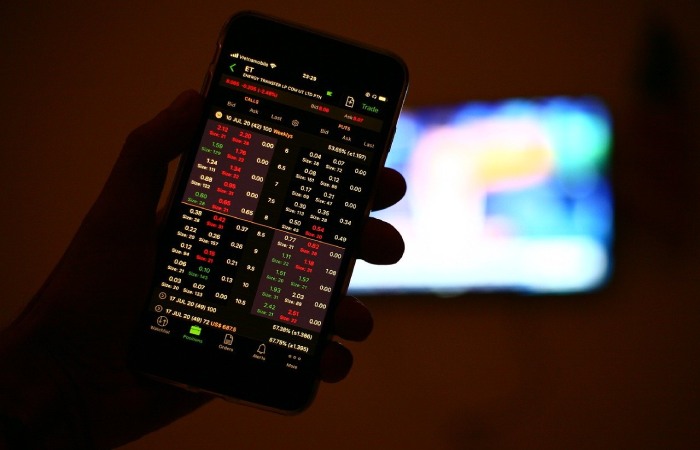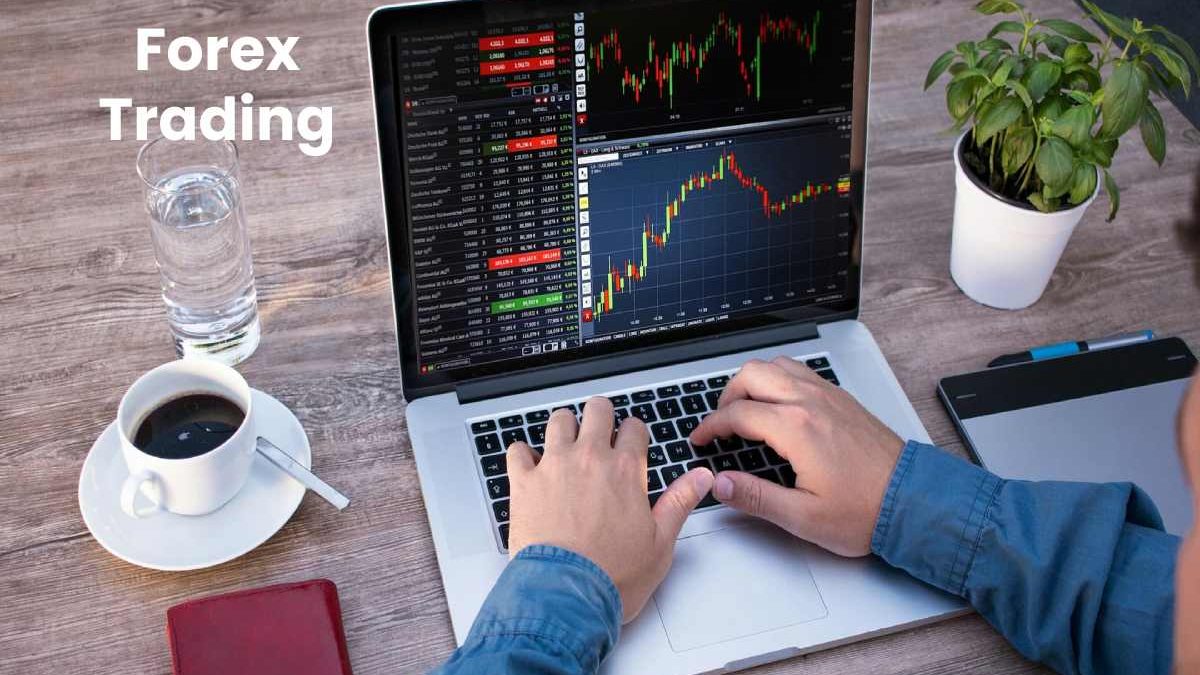Table of Contents
What is The Foreign Exchange Market?
The foreign exchange market, also known as Forex trading (Foreign Exchange), is a decentralized global market where currencies are exchange. Each of these currencies has an exchange rate called the exchange rate.
For example, if EUR/USD has an exchange rate of 1.10, 1 euro is equal to 1.10 US dollars.
Forex remains one of the most fluid markets, where the daily trading volume is $5 billion per day. It is mainly use to facilitate transactions and investments between countries.
The foreign exchange market is open 24 hours a day except on weekends. It opens on Monday morning in Sydney and closes on Friday afternoon in New York.
Impact of Technology on the Forex Market

The boom in the foreign exchange market is explained by:
- rapid economic growth
- Technological advances
- the Internet
One of the most outstanding achievements of the digital age is the virtualization of money. If printed money made it possible to transfer credit between people via a simple bill, information technology or the Internet made this process as simple as pressing a button or touching a screen.
In the 1990s, this technology was recognize as a great opportunity, and companies were create to provide access to the foreign exchange market and leveraged accounts.
These companies became known as forex brokers, and it is thanks to them, that anyone with just 10 euros in their pocket and an online platform can now prove their skills in the market.
All of this has helped to make forex trading more popular and widespread.
How does the Forex Market Work?
To know how Forex trading works, you must first understand how this market works and therefore ask yourself the following questions:
- What do I know about pricing any asset in the world?
- What is the underlying structure of the trading industry?
- The basic principles of technical and fundamental analysis?
- The psychological characteristics of a trader?
- What happens when a retailer presses a button?
Offer and Demand
In economics, supply and demand is a model that explains pricing in a competitive market. Commodity prices are set at a point where the quantity demanded by the consumer equals the amount supplied by the producer.
Forex charts represent the constantly changing supply and demand of currency pairs. The philosophy of price equilibrium is essential to understanding how forex trading works, as all economic events in the world are relevant to the market.
Draw a Mind Map of the Industry
Imagine an ever-changing marine when you think about how the forex market works. In this ocean, there is many fish, from the largest to the smallest, depending on their purchasing power.
There are also currency trading and monetary policy decisions that cause big waves and throw the prices of most assets out of balance. There are the middle fish: retail investors, hedge firms, and private banks, and then there are the small players: financial brokers, small banks, and small-cap investors.
Watch Out for Interest Rates
When interest rates rise, which only national banks can do, it becomes more expensive for market participants to borrow that currency from the central bank. It temporarily reduces the supply of the coin and raises its price.
Which is good, right? Who doesn’t want a strong national currency?
Well, it isn’t. In the short term, this means less capital to build business relationships, less national income, and ultimately slower economic growth. But it also curbs inflation and the inevitable buildup of debt, which is good in the long run.
There is an excess supply of capital, and the price of money is falling. Alternatively, all market participants can borrow more capital when interest rates fall. It means commercial expansion supplemented by government spending and economic growth in the short term.
Is it sound perfect?
Well, again, not really. The more money you borrow, the more principal you will owe. In the long run, the accumulated credit in the bank waterfalls on everyone’s head, as if a big storm had triggered a financial crisis. It is known as the macroeconomic cycle.
National banks are constantly balancing the balance by raising and lowering interest rates. This process is common to all capitalist economies. It is called the microeconomic cycle.
What is Forex Trading?
To answer the question of what is forex trading or forex trading, let us discuss and define the two terms:
- The term trade is the activity of exchanging one product for another. You can trade countless instruments: currencies, commodities, indices, stocks, cryptocurrencies, etc.
- The term Forex mentions the market in which certain currencies are exchange for others and other financial instruments.
This trade is carring out through computernetworks between traders around the world. It is the main reason why Forex is the largest and most liquid market globally and the most accessible.
Conclusion
It is the market where you can trade currencies. It is known as Forex, for the abbreviation of the English term Foreign Exchange or FX. A born to facilitate the monetary flow derived from international trade, global and also, decentralized in nature.
Also Read: What is Bitcoin? – Work, Function, and More


